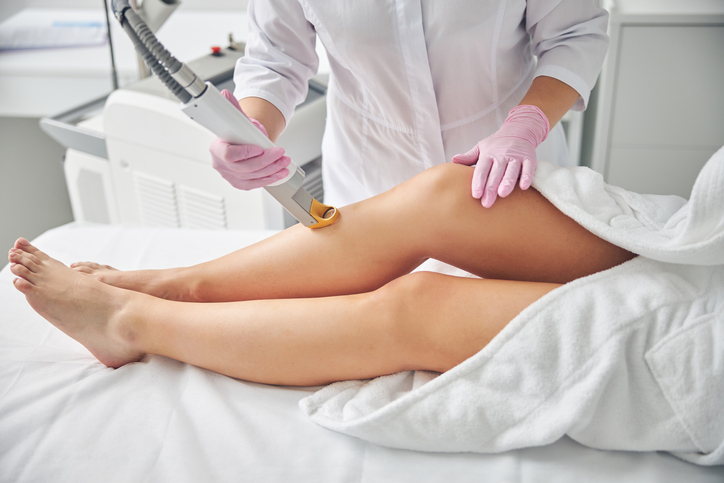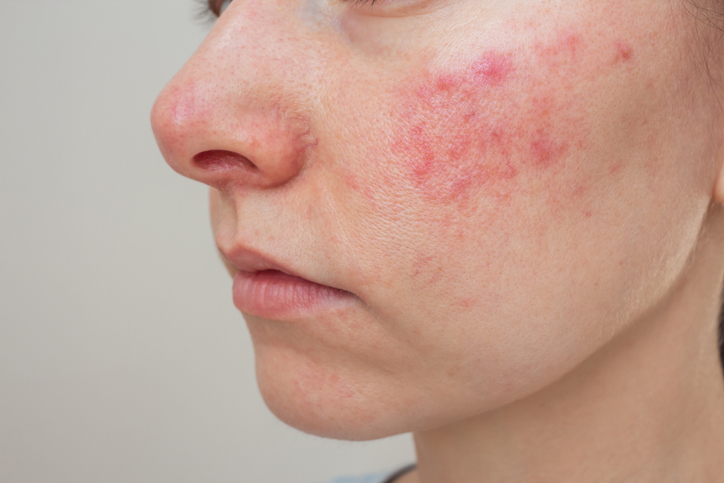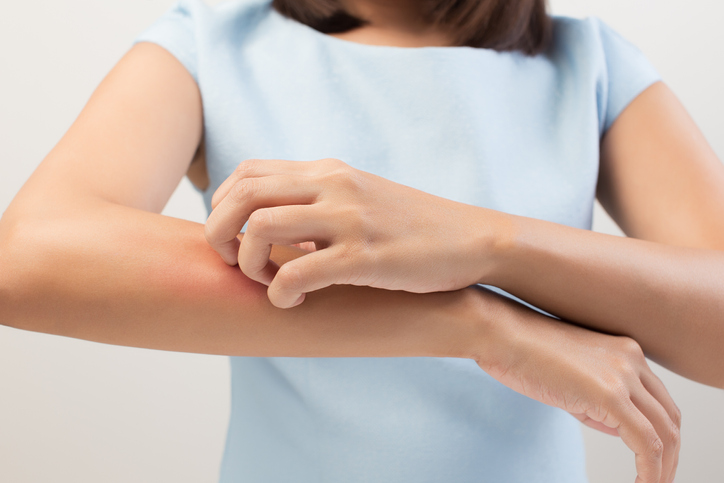
The evolution of intense pulsed light
Intense pulsed light (IPL) has become a staple in beauty salons and dermatology clinics. Learn how it works for hair removal, acne management, and more.
Dr Michael Rich is a specialist dermatologist who has been performing tumescent liposuction for over 30 years. Find out if Liposuction is suitable for you at ENRICH Clinic.
At ENRICH Clinic, we have a wide range of dermatological and cosmetic body treatments tailored to individual body and patient needs.
At ENRICH Clinic, our treatments are performed by our medical team consisting of doctors, nurses, and dermatologists and are tailored to each patient’s skin health needs.
ENRICH Clinic is committed to your skin health and well-being with a range of dermatological & cosmetic treatments tailored to the individual. Our treatments are performed by our medical team consisting of doctors, nurses, and dermatologists.
Skin health is essential for everyone. ENRICH Clinic has a wide range of technologies and dermatological solutions to help you achieve your skin care goals.
 Rough nails are associated with a handful of dermatological conditions, and thus diagnosing the cause requires some good investigative skills on the part of your dermatologist.
Rough nails are associated with a handful of dermatological conditions, and thus diagnosing the cause requires some good investigative skills on the part of your dermatologist.
The first thing you may have been treated for is a fungal nail infection, but antifungals may not have resolved the issue. This brings on the next phase of investigations, which might include looking into any history of lichen planus, psoriasis or alopecia areata.
Rough nails have two variations: opaque trachyonychia (ridges that run longways down the rough, sandpapery nail) and shiny trachyonychia (shiny pitted nail in lengthways and sideways lines).
Trachyonychia is usually associated with another dermatological condition, so expect some investigations. Lichen planus, psoriasis and alopecia areata are the main suspects, but these conditions typically appear elsewhere on the body in other forms, making diagnosis a bit easier. Trachyonychia can be difficult to figure out if only the nails are affected, so a test for fungus may be taken if it hasn’t already.
The cause of trachyonychia is inflammation, with the shiny, pitted version seeing only intermittent inflammation.
Rough nails do not scar and treatment is not necessary, since a lot of the time trachyonychia will resolve by itself. No intervention is necessary, though steroids and some topical creams may help. In shiny trachyonychia, nail polish can be used if desired. Your dermatologist will be possibly treating you for your other conditions, in which case the nail problems will disappear as treatment progresses for any other underlying conditions.
We are expert dermatologists.
Contact us
*With all surgeries or procedures, there are risks. Consult your physician (GP) before undertaking any surgical or cosmetic procedure. Please read the consent forms carefully and be informed about every aspect of your treatment. Surgeries such as liposuction have a mandatory seven-day cooling-off period to give patients adequate time to be sure of their surgery choice. Results may also vary from person to person due to many factors, including the individual’s genetics, diet and exercise. Before and after photos are only relevant to the patient in the photo and do not necessarily reflect the results other patients may experience. Ask questions. Our team of dermatologists, doctors and nurses are here to help you with any of your queries. This page is not advice and is intended to be informational only. We endeavour to keep all our information up to date; however, this site is intended as a guide and not a definitive information portal or in any way constitutes medical advice.
"*" indicates required fields
Combining Dr Rich’s dermatological skill with his knowledge of restorative skin regimes and treatments, the ENRICH range is formulated to help maintain and complement your skin. Our signature Vitamin C Day & Night creams are now joined by a Vit A, B,&C Serum and a B5 Hyaluronic Gel, both with hydration properties and much, much more.

Intense pulsed light (IPL) has become a staple in beauty salons and dermatology clinics. Learn how it works for hair removal, acne management, and more.

Worried you have eczema, dermatitis, or psoriasis? We talk symptoms, causes, triggers, and treatments for these common causes of itchy skin.

Research has shown that snoring can be reduced by up to 60% after two or three treatments with ENRICH Clinic’s high-tech target lasers designed to tighten the soft palate and stop snoring.

Suddenly dealing with itchy skin? We’ll talk about the common causes and how to find relief.
Subscribe to the ENRICH newsletter and receive latest news & updates from our team.
Enrich Clinic acknowledges the Traditional Lands of the Wurundjeri Woi Wurrung and Bunurong peoples of the East Kulin Nations on which we work and trade. We pay respect to their Elders past, present and emerging. We extend our acknowledgement and respect to the LGBTQIA+ community who we welcome and support. Read our full Acknowledgement Statement here
